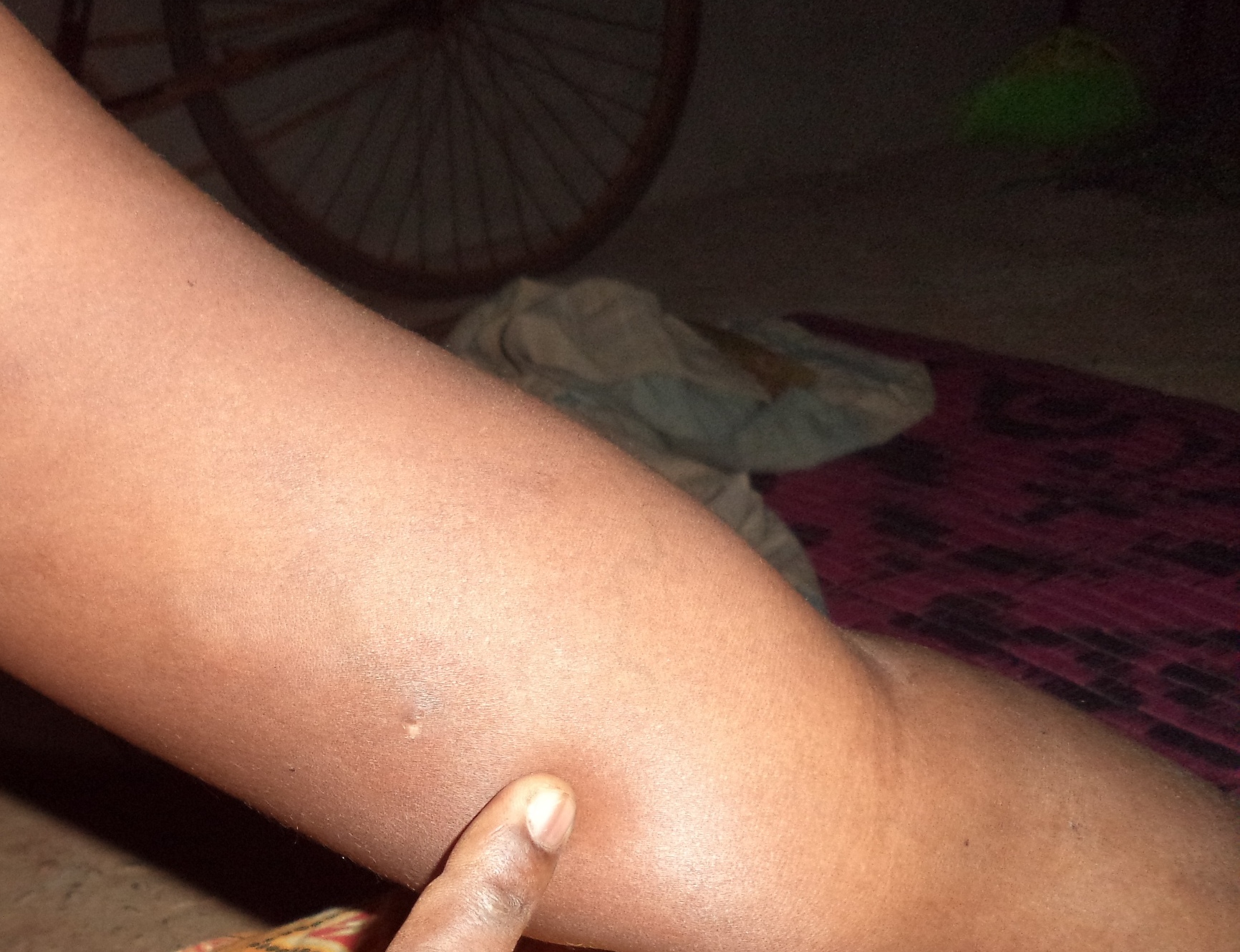When one thinks about genocide, they look at the very root of the word. Genocide consists of the systematic eradication of a group within a region. Oftentimes, the group is the noticeable minority and face hardships far beyond the reaches of our comfortable way of life here in the west. There is a problem however, when you look at genocide in its most singular form, many of the other atrocities that are committed goes unnoticed. Within Sri Lanka, the Sri-Lankan Government would like the world to believe that the ‘war’ is over and that sense of normalcy is returning to the “nation”. However, it must be emphasized that this is far from the truth. It only takes a brief glance to notice the serious cases of genocide that are still taking place within this so called nation.
In late August of 2013, in the Kilinochchi villages of Tamil Eelam, Tamil women were faced with coercive and underhanded tactics by Sinhalese doctors for ‘voluntary’ population control. At the outset, the terminology must be clarified. For purposes of this piece, the term “birth control,” also known as “family planning” and “planned parenthood” will be used in sync and refers to the voluntary planning and action by individuals to have the number of children they want, when and if they want them. In contrast “population control” is used to reiterate the belief that for the betterment of society in light of overpopulation, individuals should reduce the number of children they have (Robert, 1973). The women of the Kilinochchi villages were approached by hospital staff and volunteers and were informed that any woman with a child under the age of five should come to the hospital the following day to weigh their children and to receive a vaccination. Many of these women put their faith in the hands of an authority figure out of good faith. It must be noted that these women felt that they would get the best service from these big doctors from the city. Once there the problems started to arise. “Upon arrival at the hospital, the doctors and nurses used coercive language and manipulated medical information to convince the women to take Progestogen-only sub dermal implants (POSDIs), a long-term hormonal birth control inserted under the skin of a woman’s upper arm” (Social Architects, 2013).
It is of extreme importance to declare that these women’s most basic human rights were violated. “Sexual and reproductive rights” (SRR) are defined in terms of power and resources: the power to have access to the necessary information and make sound decisions about fertility, procreation and child care, gynaecological health and sexual activity, as well as the resources to proceed in a safe and efficient manner. Two important concepts go along with these rights: choice, understood as the essence of freedom, which verges on the ideological liberal-radical context, and women’s health and well-being, which relate to the feminist logic”(Cancio, 2006). The women were coerced and even forced to accept these medical procedures. More than one woman said they did not fully understand what was going on and many expressed their concern over the proposed actions. Moreover, many of the women wanted to have personal consultation with their husbands and were faced with many obstructions from the doctors. The doctors made it clear that if the women refused to cooperate they would be denied access to the hospital in the future. These threats go against the basic rights of people to make choices over their body without coercion or pressure.
When I previously stated that genocide was generally focused upon in a singular form and that many other atrocities go unnoticed, this is a clear example of that. The pressure by the Sinhalese to eradicate the Tamil population is still alive. The war was just one facet of their deplorable acts. By preventing these women from having the ability to reproduce, they systematically limit the number of future Tamils. By taking away their basic human rights of self determination over the body and mind, they are single handily reducing the number of children that can be born and if this continues the Tamil population will be severely reduced in the future. The government will without a doubt cover this up like they’ve been hiding everything in the past. They will manipulate the outside world to believe that these women made these choices on their own. The people live in a state of fear due to the uncertainty they face over what could happen to them if they chose to speak up. People started disappearing randomly in the past and this has not left the mind of the people of Tamil Eelam. By forcing these women to undergo these medical procedures without their consent, I call this a form a systematic genocide. Instead of a new beginning which is being portrayed all across the media for the rest of the world to see, Sri Lanka is still the oppressive state it always was.
Thazhumbakam – Tamil Genocide Memorial Museum is looking for researchers to be part of the team. If you are interested, please contact us at humanrights@ctya.org.
Bibliography
Cancio, J. A. (2006). Sexual and Reproductive Rights. Human Life International , 895-906.
Robert, W. G. (1973). Birth Control And The Black American: A Matter Of Genocide. Demography , 571-573.
Social Architects. (2013, September 13). Coercive Population Control in Kilinochchi. Retrieved September 21, 2013, from Groundviews: Journalism for Citizens: http://groundviews.org/2013/09/13/coercive-population-control-in-kilinochchi/
Tags: Birth Control, Genocide, News, Population Reduction, Speak Out, Sri-Lankan Government, Systematic Genocide, Tamil Genocide


